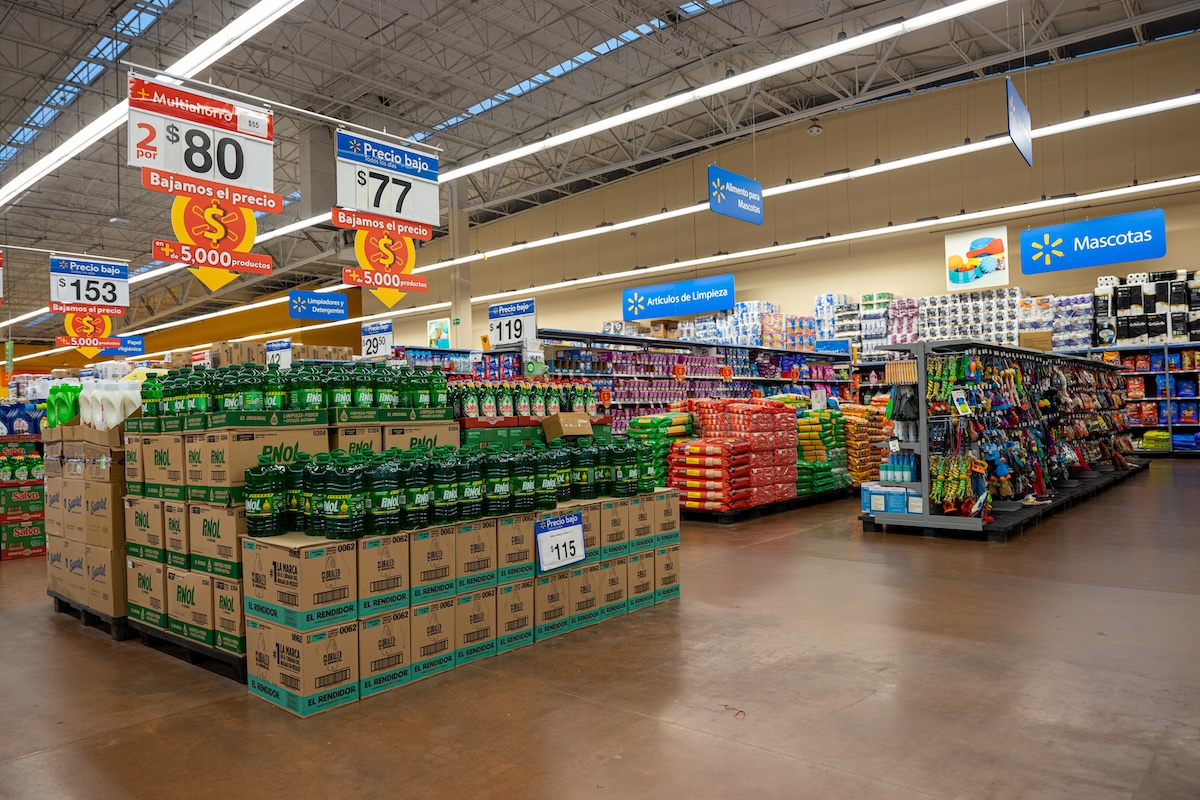
America's largest retailer has sent a clear signal to consumers that tariffs will likely drive prices across the board as soon as this month.
During Walmart's fiscal first-quarter earnings call, CFO John David Rainey said shoppers could begin to feel the impact of higher prices by the end of this month and into the summer.
Rainey told shareholders the tariff impact was "more than any supplier can absorb."
"So I'm concerned that [the] consumer is going to start seeing higher prices. You'll begin to see that, likely towards the tail end of this month, and then certainly much more in June," he said.
Tariffs could hit every corner of retail
Economists worry that Walmart is a one-off but part of a broader trend that could sweep up the entire retail sector.
"If Walmart is doing it, everybody else is probably going to be doing it — if not already, they will be in the future," UBS economist Alan Detmeister said.
As Investors Observer reported, the damage could have been far worse if retail giants like Walmart, Target, and The Home Depot hadn't lobbied the Trump administration to dial down tariffs.
Before Big Retail intervened, shipping data from the Port of Los Angeles indicated that U.S. store shelves were just weeks away from experiencing Covid-level supply shocks.
CPI doesn’t tell the full story
Walmart's warning about unbearable costs stands in stark contrast with the latest Consumer Price Index (CPI) report.
According to the Bureau of Labor Statistics, last month the CPI slowed to a 2.3% annual rate in April, the lowest level since February 2021.
However, Bloomberg economist Anna Wong cautions that the headline CPI figure doesn’t tell the whole story. A deeper look at the data reveals “increased tariff-related pass-through,” she said.
These tariff pass-throughs are primarily impacting goods prices, while “deflation in services” is helping to offset the overall inflation, Wong added.
Wong noted that the same trend is also visible in the Producer Price Index (PPI), which measures the input costs manufacturers pay before goods reach consumers.
Normally on PPI release we just focus on the categories that's important for calculating core PCE deflator. But April's release is interesting in its own right, as it broadly reinforce the story we saw in the CPI release earlier today:
undefined Anna Wong (@AnnaEconomist) May 15, 2025
-There is increased pass-through of tariffs… pic.twitter.com/OJgYnLlpOS
Meanwhile, Goldman Sachs economists Ronnie Walker and Elsie Peng warned that underlying inflation will accelerate in the second half of the year as tariff costs are passed on to consumers.
They projected inflation reaching 3.8% by the end of this year before cooling to 2.7% by the end of 2026.
Both projections are significantly above the Fed’s preferred 2% target, suggesting that interest rates may remain higher for longer.
Your email address will not be published. Required fields are markedmarked